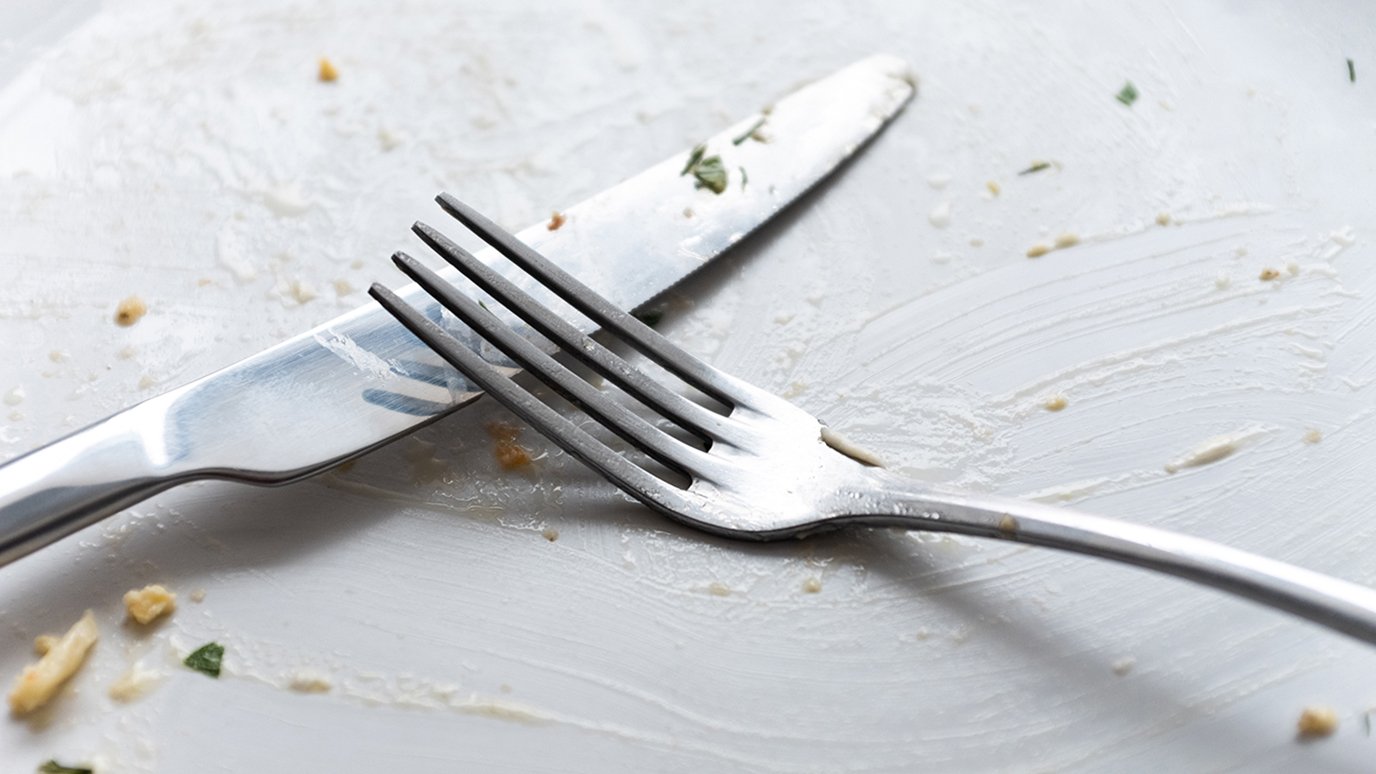- Diseases
- Acoustic Neuroma (14)
- Adrenal Gland Tumor (24)
- Anal Cancer (66)
- Anemia (2)
- Appendix Cancer (16)
- Bile Duct Cancer (28)
- Bladder Cancer (68)
- Brain Metastases (28)
- Brain Tumor (230)
- Breast Cancer (718)
- Breast Implant-Associated Anaplastic Large Cell Lymphoma (2)
- Cancer of Unknown Primary (4)
- Carcinoid Tumor (8)
- Cervical Cancer (154)
- Colon Cancer (164)
- Colorectal Cancer (110)
- Endocrine Tumor (4)
- Esophageal Cancer (42)
- Eye Cancer (36)
- Fallopian Tube Cancer (6)
- Germ Cell Tumor (4)
- Gestational Trophoblastic Disease (2)
- Head and Neck Cancer (6)
- Kidney Cancer (124)
- Leukemia (344)
- Liver Cancer (50)
- Lung Cancer (288)
- Lymphoma (284)
- Mesothelioma (14)
- Metastasis (30)
- Multiple Myeloma (98)
- Myelodysplastic Syndrome (60)
- Myeloproliferative Neoplasm (4)
- Neuroendocrine Tumors (16)
- Oral Cancer (100)
- Ovarian Cancer (170)
- Pancreatic Cancer (166)
- Parathyroid Disease (2)
- Penile Cancer (14)
- Pituitary Tumor (6)
- Prostate Cancer (144)
- Rectal Cancer (58)
- Renal Medullary Carcinoma (6)
- Salivary Gland Cancer (14)
- Sarcoma (236)
- Skin Cancer (296)
- Skull Base Tumors (56)
- Spinal Tumor (12)
- Stomach Cancer (60)
- Testicular Cancer (28)
- Throat Cancer (90)
- Thymoma (6)
- Thyroid Cancer (98)
- Tonsil Cancer (30)
- Uterine Cancer (78)
- Vaginal Cancer (14)
- Vulvar Cancer (18)
- Cancer Topic
- Adolescent and Young Adult Cancer Issues (20)
- Advance Care Planning (10)
- Biostatistics (2)
- Blood Donation (18)
- Bone Health (8)
- COVID-19 (362)
- Cancer Recurrence (120)
- Childhood Cancer Issues (120)
- Clinical Trials (626)
- Complementary Integrative Medicine (24)
- Cytogenetics (2)
- DNA Methylation (4)
- Diagnosis (230)
- Epigenetics (6)
- Fertility (64)
- Follow-up Guidelines (2)
- Health Disparities (14)
- Hereditary Cancer Syndromes (124)
- Immunology (18)
- Li-Fraumeni Syndrome (8)
- Mental Health (118)
- Molecular Diagnostics (8)
- Pain Management (62)
- Palliative Care (8)
- Pathology (10)
- Physical Therapy (18)
- Pregnancy (18)
- Prevention (896)
- Research (390)
- Second Opinion (74)
- Sexuality (16)
- Side Effects (604)
- Sleep Disorders (10)
- Stem Cell Transplantation Cellular Therapy (216)
- Support (404)
- Survivorship (322)
- Symptoms (184)
- Treatment (1776)
Sell by, best by and use by dates: 5 things to know
5 minute read | Published October 25, 2023
Medically Reviewed | Last reviewed by an MD Anderson Cancer Center medical professional on October 25, 2023
Use by.
Best by.
Sell by.
We’ve all seen these confusing terms printed alongside dates on food packages and wrappers at the grocery store. But what do these phrases mean?
Is it ever OK to eat that bag of potato chips after its “best by” date? Is it safe to cook those chicken breasts a day or two past their "sell by" date? Will mixing that tub of prepared pesto into your bowtie pasta make you sick if you do so after the "use by" date?
And, are the rules any different for the immunocompromised or cancer patients?
We went to senior clinical dietitian Beverly Rodgers for answers to these questions and more. Some of them may surprise you.
Food expiration dates are not required by federal law
You might think that companies are required to put an expiration date on packaged food products so that consumers know when to throw them out. But you’d be incorrect.
Expiration dates on packaged food products are not required by federal law. There are two exceptions: infant formula must feature a “use by” date, and fresh eggs’ dating conventions vary from state to state.
“The USDA has a lot of rules and regulations governing the safety of the food itself,” says Rodgers. “But providing an expiration date is not one of them. This comes as a surprise to a lot of people.”
These terms don’t have standardized meanings
You also might think that each of these phrases has a particular meaning, which is uniform and applied consistently throughout the industry. Again, you’d be wrong.
“These dates are a little different from what you’d consider an expiration date on a medication,” explains Rodgers. “Food producers use all kinds of different phrasing on their packaging. And different manufacturers don’t always use these terms in the same way.”
In general, though, here is what each phrase is understood to mean:
- Sell by: This is usually seen on highly perishable products like fresh meat and milk. It lets grocery store managers know when to remove them from the shelves because they’re not going to last much longer. You can still buy these foods after the “sell by” date, and many retailers offer them at a discount close to it. But the risk is high that they will spoil faster, so you should consume them quickly.
- Best by/before: This indicates that a product will have the best flavor or quality if consumed before a given date. It’s not necessarily dangerous if you eat it after that; it just won’t taste as fresh.
- Use by: This is very similar to “best by.” It lets you know the date recommended to consume something by in order to enjoy it at its peak quality.
How to determine if something is safe to eat
So, if none of these dates or phrases has any reliable meaning, how do you know when a product is no longer safe to eat?
“What makes a perishable food high-risk is how it’s stored and how long it’s been in the temperature danger zone,” notes Rodgers. “That means not being cool enough or hot enough to inhibit bacterial growth or the build-up of toxins that can make you sick with a food-borne illness.”
Some bacteria are susceptible to heating, so the cooking process will kill them. For others, though, it doesn’t matter how long you cook them; they can survive and still cause you problems.
“The bottom line is that you have to be aware of what’s going on with your food, and use your senses and best judgment,” Rodgers adds. “If you open something up — even if it’s before the date printed on the package — and there’s a funny smell, or it’s slimy and gross, it’s probably been contaminated, so you don’t want to eat it.”
Consume food quickly after opening its package
In general, packaged foods are less risky to consume if they remain unopened past their recommended “use by” dates.
“But once you open something, you’re losing the protection of the packaging process by allowing air and possibly bacteria inside,” explains Rodgers. “Something like dried pasta is different than raw chicken thighs, but regardless of what the product is, you’re going to want to use it sooner rather than later once you open the package.”
This guideline applies to products like cheese and sausage, too, which can have “use by” dates that are months away. Even canned foods may become contaminated if their containers are compromised during the packing or shipping process.
“If you see a can that’s dented or bulging, avoid it,” warns Rodgers. “Foods are only shelf-stable because their packaging process and containers reduce the chances of contamination. If they accidentally get damaged, though, bacteria could get in there and have time to develop. So, you don’t want to use those, no matter what the date might say.”
Food safety is even more important for certain people
Since many cancer patients are immunocompromised or more susceptible to infections, they need to be extra cautious when it comes to food safety.
“You might not have been asked to follow a neutropenic diet,” Rodgers notes, “but ‘when in doubt, throw it out’ is still great advice. It’s also a good idea to avoid high-risk foods, like raw or undercooked eggs or meat; unpasteurized honey, fruit juice or dairy products; sprouts of any sort; and unwashed fresh veggies.”
Follow the Food and Drug Administration’s tips on food storage to further reduce your chances of contracting a foodborne illness.
“A touch of food poisoning might be no big deal to otherwise healthy people because, for them, it could just mean a little tummy ache,” she adds. “But if you’re immunocompromised, you could get really, really sick from a food-borne illness. So, if you suspect you might have one, call your care team and get checked out.”
Request an appointment at MD Anderson online or by calling 1-833-997-2010.

Different manufacturers don’t always use these terms in the same way.
Beverly Rodgers
Senior Clinical Dietitian





